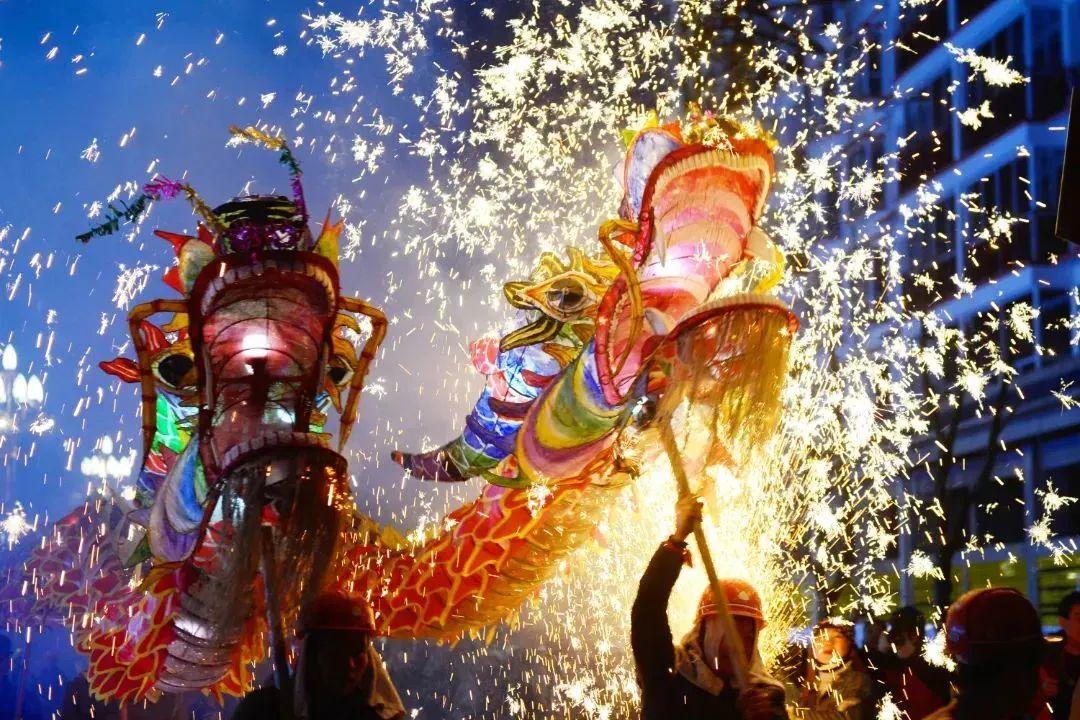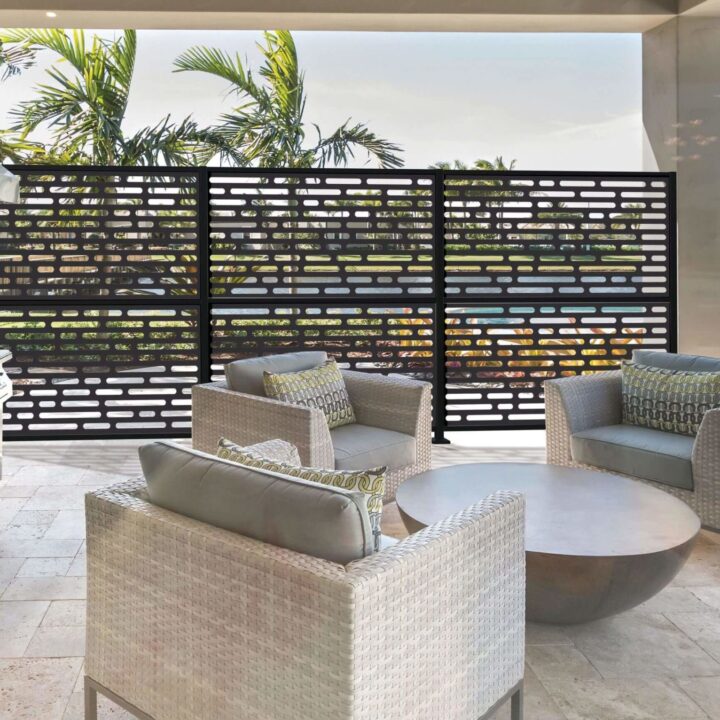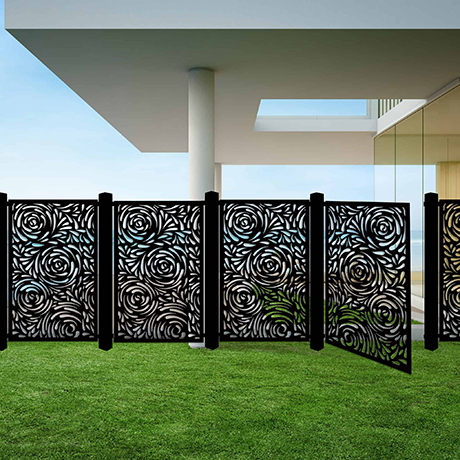One of the most frequently asked questions about a steel fire pit is, "Will it rust?" or "How long will it rust?"
In short, while specially formulated high temperature enamel coatings containing preservatives can reduce
the rate of rust, you may still experience varying degrees of surface rust during the life of your fire pit.
In this article, we'll cover what happens when buying a steel fire pit when it comes to rusting.
What is surface rust?
Surface rust refers to a layer of red/orange rust that begins to form on steel as a result of exposure
to water and oxygen.
Most steel fire pits are prone to rust over time, exposure to the elements and frequent use.
While rust is a form of corrosion, structural damage depends on the thickness of the steel and can be
mitigated by fire pit maintenance.
At Iron Embers, we use industrial-quality materials to build our fire pits, which can be completely unprotected
and used all year round without the risk of rust causing structural damage. Surface rust will form on the fire pit,
but will not rust as much as similar low-cost alternatives.
Factors that cause surface rust
At a basic level, steel rusting can be attributed to three main factors;
Water, oxygen and time/usage.
Weather is the main cause of surface rust on any steel outdoor patio furniture. Long-term exposure to rain or
snow will greatly increase the rate of rust of steel products.
Similarly, when the bedliner coating deteriorates or is damaged, the exposed steel exposed to the open air will oxidize,
stimulating the development of rust.
Over time, when you constantly use your fire pit, the possibility of rust is almost inevitable. This is a natural part of fire pit ownership,
but for industrial-quality fire pits, surface rust is a cosmetic issue, not a point of structural failure, and should not be a cause for concern.
How to reduce surface rust
While there is no foolproof solution to completely ensure that steel does not show its true color,
there are ways to mitigate the rate at which your fire pit may develop surface rust.
The best practice to avoid rust is to use a suitable tarp cover to protect your fire pit from exposure to the weather when not in use.
By protecting your fire pit with a tarp cover, you can reduce your exposure to the corrosive effects of seasonal precipitation in your area.
For best results, cover the fire pit only when the equipment and surrounding area are dry to ensure there is no moisture under the tarp.
Alternatively, you can save your steel fire pit by moving it to a dry storage area, such as a garage, shed, or outdoor structure,
when not in use or during the winter months.
Dust removal also has a positive effect on reducing rust. When ash remains at the bottom of a fire pit, it may retain moisture from
the surrounding environment and rust the inner surface of the fire pit.




